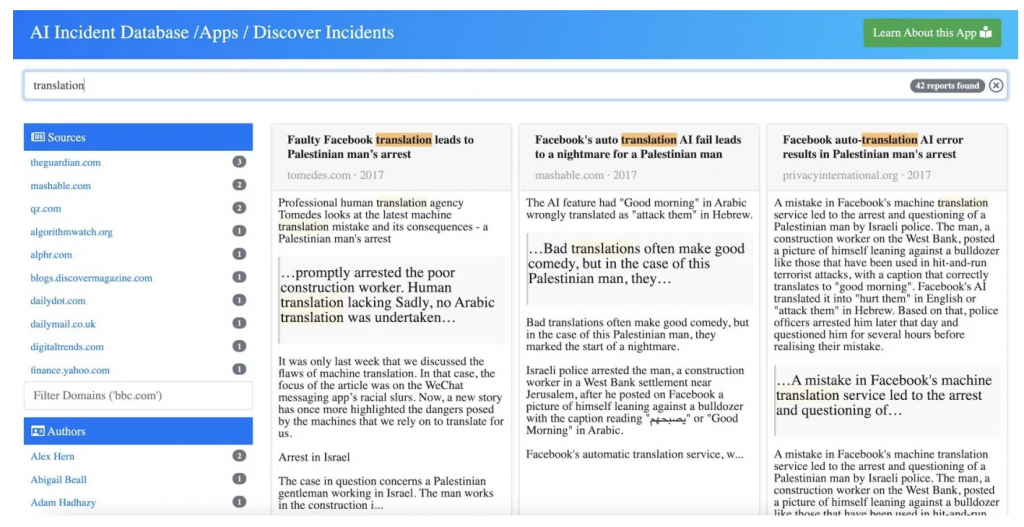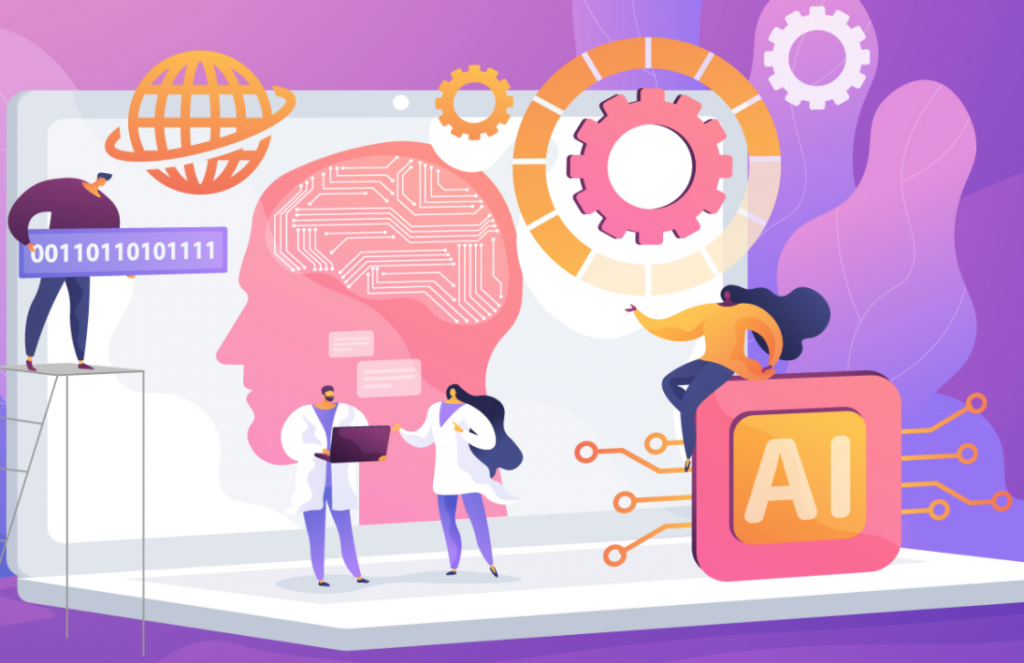
The AI Incident database or AIID is becoming a reality, enabling researchers to track problems with products to avoid future issues. (Source: Partnership on AI)
Database of AI Failures to Aid Researchers in Preventing Future Problems
The use of databases to keep track of airline incidents or automobile crashes has long been a tool for researchers of new products. What better way to improve your product than by cataloging past failures or problems, and having that set of data available so you avoid similar problems in future projects. Thus, an AI database would seem to be a natural addition to the digital world we find ourselves living in.
Ben Dickson writes a piece for bdtechtalk.com this week and we found it very informative on a subject that touches all of us in the AI world in one way or another.
The failures of AI systems have become a recurring theme in technology news, from credit scoring algorithms that discriminate against women to computer vision systems that misclassify dark-skinned people as criminals. Some recommendation systems have promoted violent content and algorithms have boosted fake news.
Most complex software systems fail at some point and need to be updated regularly. We have procedures and tools that help us find and fix these errors. But current AI systems, mostly dominated by machine learning algorithms, are different from traditional software.
“This is the idea behind the AI Incident Database a repository of documented failures of AI systems in the real world. The database aims to make it easier to see past failures and avoid repeating them.”
The AIID is sponsored by the Partnership on AI (PAI), an organization that seeks to develop best practices on AI, improve public understanding of the technology, and reduce potential harm AI systems might cause. PAI was founded in 2016 by AI researchers at Apple, Amazon, Google, Facebook, IBM and Microsoft, but has since expanded to include more than 50 member organizations, many of which are nonprofit.
“I knew about aviation incident and accident databases and committed to building AI’s version of the aviation database during a Partnership on AI meeting,” Sean McGregor, lead technical consultant for the IBM Watson AI XPRIZE, said in written comments to TechTalks. Since then, McGregor has been overseeing the AIID effort and has helped develop the database.
Since its founding, AIID has gathered information about more than 1,000 AI incidents from the media and publicly available sources. Fairness issues are the most common AI incidents submitted to AIID, particularly in cases where an intelligent system is being used by governments such as facial recognition programs.
“We are also increasingly seeing incidents involving robotics,” McGregor says.
Putting the Database to Use
A consolidated database of incidents involving AI systems can serve various purposes in the research, development, and deployment of AI systems.

PAI graphic
For instance, if a product manager is evaluating the addition of an AI-powered recommendation system to an application, she can check 13 reports and 10 incidents in which such systems have caused harm to people. This will help the product manager in setting the right requirements for the feature her team is developing.
The AI Incident Database is built on a flexible architecture that will allow the development of various applications for querying the database and obtaining other insights such as key terminology and contributors. In a paper that will be presented at the Thirty-Third Annual Conference on Innovative Applications of Artificial Intelligence (IAAI-21), McGregor has discussed the full details of the architecture. AIID is also an open-source project on GitHub, where the community can help improve and expand its capabilities.
There are references as to how engineers and other professions can use the AI Incident Database with ease and with successful applications to their own projects.
read more at bdtechtalks.com







Leave A Comment